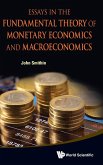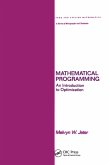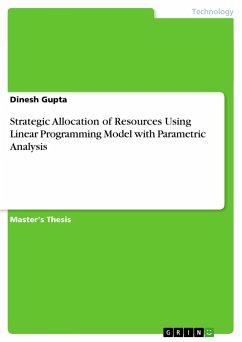This book describes practical techniques to formulate multiannual macroeconomic projections for developing economies. The approach is broadly similar to that of well-known financial-programming "models," but some of the material, including solution procedures for the external and fiscal projections and the external-debt projection methodology, is innovative. The basic aim of macroeconomic programming exercises is to determine whether a quantitatively specified macroeconomic and government-expenditure policy program would be "financially feasible" that is, consistent over time with external and internal financing likely to be available. Exercises of the kind described here formulate national-, external-, fiscal-, and monetary-accounts projections, based on (i) assumed behavioral parameters; (ii) assumed "exogenous" world conditions and internal variables; (iii) programmed macroeconomic objectives such as real growth, inflation, and exchange-rate evolution; (iv) programmed real government expenditure; (v) an external-debt program; and (vi) data for the "base" year preceding the projection period. The projections include estimates of the external and internal financing the public sector and economy as a whole would require, which may be evaluated for feasibility. Among other applications, macroeconomic programming exercises may be used to help gauge the financial feasibility of development and poverty-reduction objectives (like the UN Millennium Development Goals), or to address external-debt "sustainability."
Hinweis: Dieser Artikel kann nur an eine deutsche Lieferadresse ausgeliefert werden.
Hinweis: Dieser Artikel kann nur an eine deutsche Lieferadresse ausgeliefert werden.








